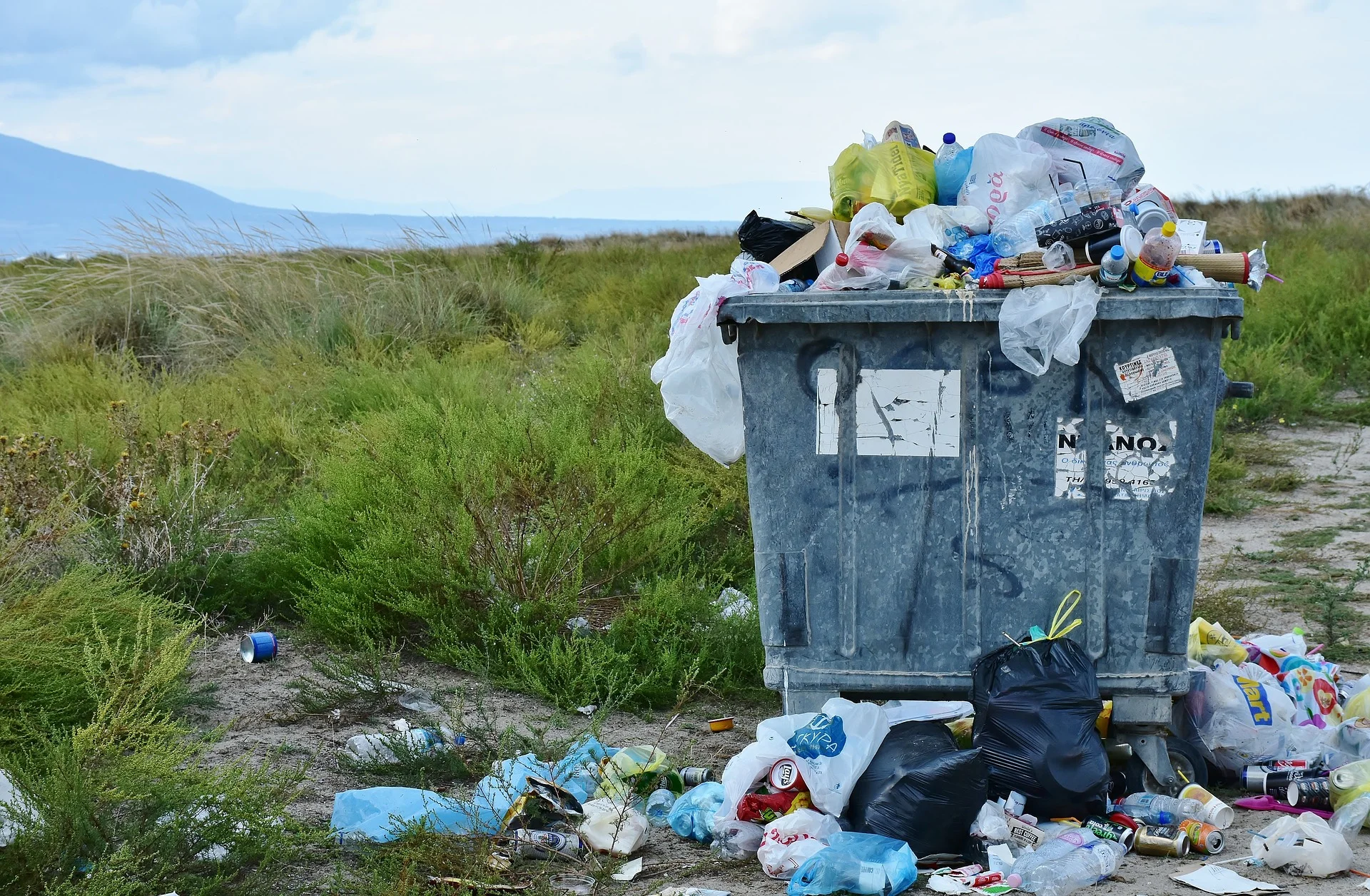A Little Solution to a Big Problem
Oh those ubiquitous plastic grocery bags! While inroads have been made, such as recycling and reuse programs (New York, Maine) and banning their use (California, Hawaii), plastic grocery/take-out bags have a large presence in our lives. Every year, 88 million tons of them are manufactured. And, every year, they continue to strain landfills and harm oceans, rivers, forests and wildlife.
Have you heard that it takes 500 or even 1,000 years for a plastic carryout bag to degrade? And, have you wondered, as we haven’t been using them for more than half a century, how would anyone know?
The answer is scientific testing. Carryout bags, being made of man-made polymer – polyethelene - are not degraded by microorganisms as, say, an apple core or paper will be, because said microorganisms don’t recognize polyethelene as food. But, while the bags don’t biodegrade, they do photodegrade, taking those estimated 500-1,000 years for the sun to break down polymers until they become brittle and crumble.
Now, because of an observation during a beekeeper’s cleaning of her hives, a new environmental hero has emerged. Literally. It’s the lowly, one-inch wax worm also known as the honey worm caterpillar that loves to make its home and hatch its eggs among the delicious goop of honeycombs.
As it happens, the beekeeper also happened to be a research scientist in Spain. Upon finding the worms within her hives’ honeycomb panels, she put them aside in a plastic bag while finishing her cleaning. When she went for the worms, they’d tunneled out of their plastic prison.
Subsequent research studies showed that it’s not just about eating the plastic; cocoons placed on the plastic also degrade it, leading to the conclusion that the worms have an enzyme that does the swift degrading.
One interesting connection is that the plastic shares a similarity to the chemical compounds of beeswax, of which wax worms are especially fond. The hope is that researchers can isolate and reproduce the enzyme on an industrial scale and ultimately make inroads into the persistent environmental problem of plastic bag waste.
Environmental pollution is way up there when it comes to complex problems. Which is why is would be immensely satisfying if the (relatively) simple answer to the use of 500 billion plastic bags per year is the taste proclivities of an unassuming one-inch caterpillar.
With acknowledgement to the Live Science website, if you’d like to see a video of the caterpillars degrading a plastic bag, you can click here: http://www.livescience.com/58812-watch-amazing-caterpillars-degrade-a-plastic-bag-video.html


